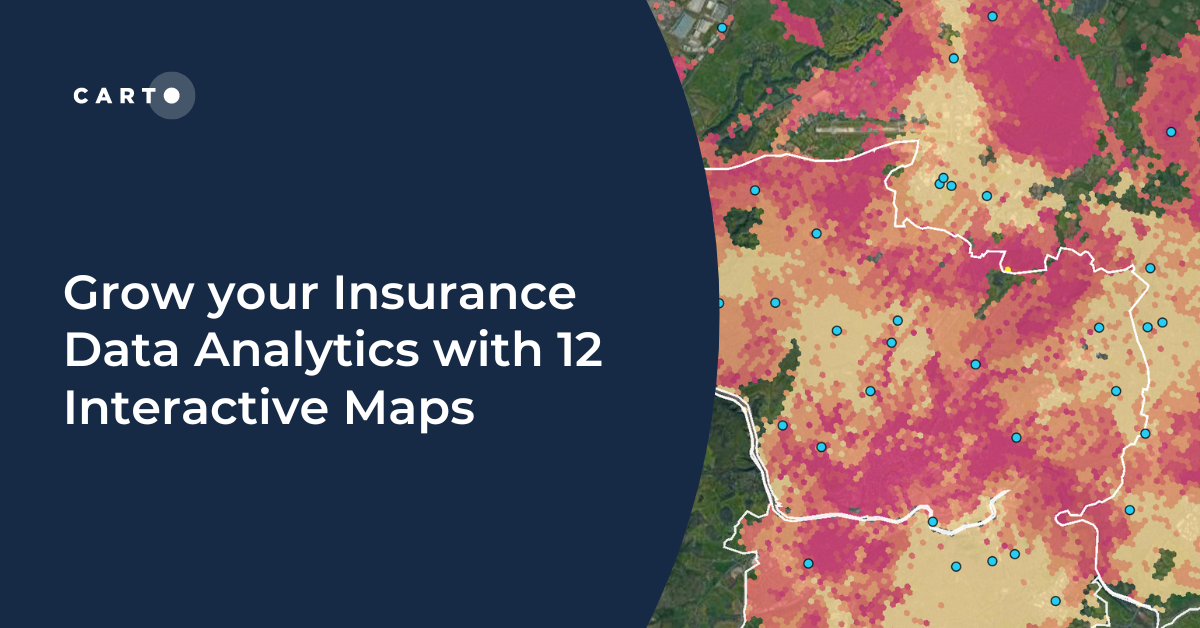3 Retailers Proving Brick and Mortar Isn't Dead

You've probably seen the headline a dozen times: "[big box store] closes [large number] of Stores Nationwide."
The narrative of the retail crisis is common in today's national media. Retail stores are dead and ecommerce is the way of the future right?
Not exactly.
A growing and elite group of e-commerce companies have begun opening brick and mortar stores to extend their online brands and this new generation of hybrid e-brick-and-mortar companies have distinct advantages over their legacy competition—including a wealth of location data about their customers.
Here’s how e-commerce companies are winning at the brick and mortar game:
- Data-driven store openings. These retailers have precise information on their customers’ locations and combine that knowledge with other location data to determine where to open new retail stores—as well as spots to avoid and what stores might best be consolidated.
- Geographically targeted products and marketing. Beyond knowing where their most loyal customers are they also know what products perform best in specific geographic regions—and can easily target the appropriate regions and demographics with marketing campaigns customized to each of them.
- Branding on a hyper-local level. Their physical storefronts can take their online brand to the next level with a personal boutique feel that reinforces their image with the target demographics they’ve situated themselves within.
So far this formula is proving successful. Many of the retailers setting this trend are on the verge of becoming household names; others have long reigned supreme in the digital space and are using brick and mortar locations to expand their reach even further. And all of these retailers are leveraging brick and mortar stores as a means of gaining even more data about their customers.
Three examples of successful hybrid e-retailers include:
Amazon

Not only has this purveyor of “everything” set up brick and mortar storefronts based on location data about consumer demographics but they’ve also recently been awarded a patent on new technology to further corner the market.
When a shopper uses Amazon’s in-store WiFi this new technology provides the retailer with location information about which department of the store the shopper is browsing allowing the retailer to market directly to them in real-time. The patented tech also lets Amazon block customers—again when searching through the location’s WiFi—from comparison shopping while in-store.
With their recently announced acquisition of Whole Foods Amazon is looking to extend their reach even further.
Warby Parker

After building a successful Netflix-of-eyewear online business model Warby Parker now boasts more than 40 retail locations and a net worth of over $1 billion—and they’ve recently announced plans to open 25 retail locations in 2017.
The switch to brick and mortar is rooted in an early exception to their online model when co-founder Neil Blumenthal allowed customers to try on eyewear in his apartment. Citing a positive experience for all Blumenthal began to consider introducing boutique locations to Warby Parker’s strategy—and he now speculates that they may someday have as many as 1 000 storefronts.
Bonobos

This menswear retailer set themselves apart by focusing entirely on customer experience.
Starting by offering custom-fit pants bought online a pair of dressing rooms in their headquarters spawned the idea of creating branded boutiques called Guideshops. Visiting a guideshop customers receive a custom fitting by an experienced Bonobos “guide ” the ability to order clothing on-site and even a free beer.
The rollout of this idea is made more strategic by nearly a decade of customer data and business analytics—and of course location intelligence.
Walmart took notice of Bonobos’ growth announcing their $310 million acquisition last week on the same day as Amazon and Whole Foods.
Hybrid retail is the next big thing.
Retailers are using location intelligence to find competitors’ locations determine demographic matches between their customers and local populations uncover traffic patterns and more—proving that hybrid retail is the next big thing.
And while some e-retailers might balk at adding the overhead associated with physical storefronts to an already robust online presence consider the fact that more than 90 percent of all retail sales still occur in person.
Brick and mortar stores still hold certain advantages over the online customer experience—and most of the thousands of retail locations that have closed are artifacts of a landscape built before the proliferation of data.
The current trend of building the physical on top of the digital is a carefully executed strategy designed to win based on location intelligence that helps retailers reduce costs uncover market opportunities and take their already successful brands to the next level.









.png)





